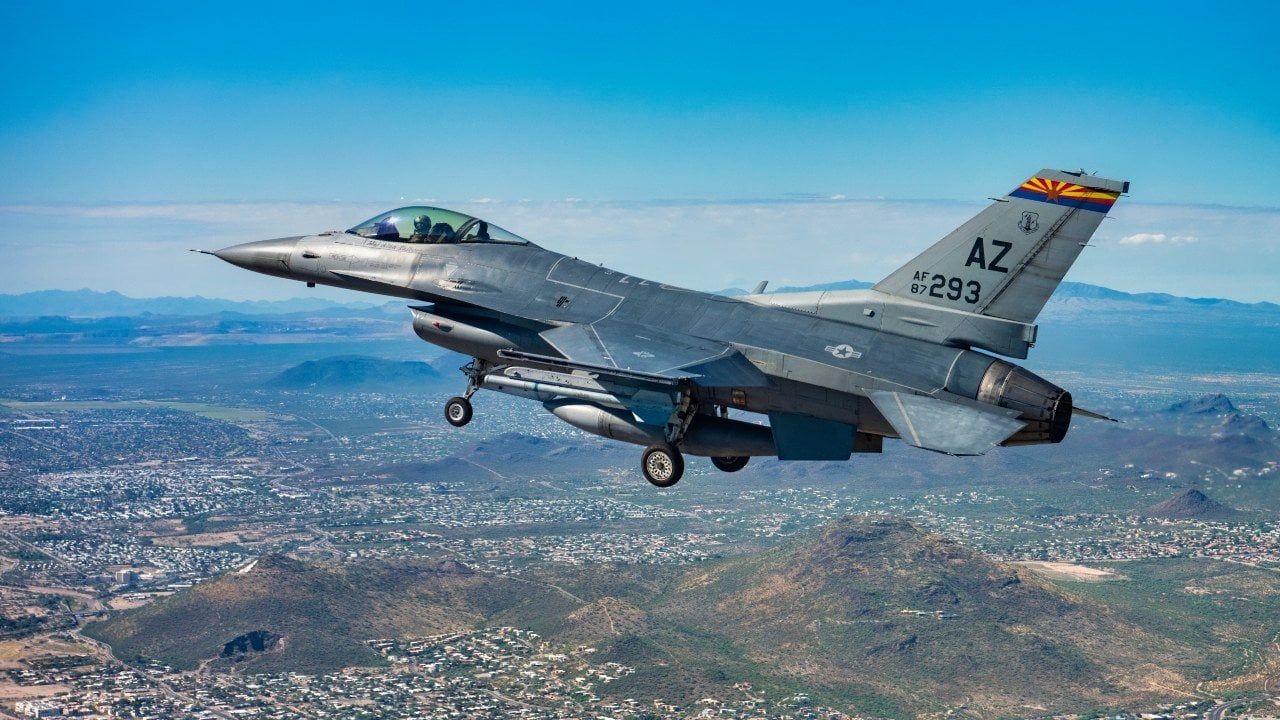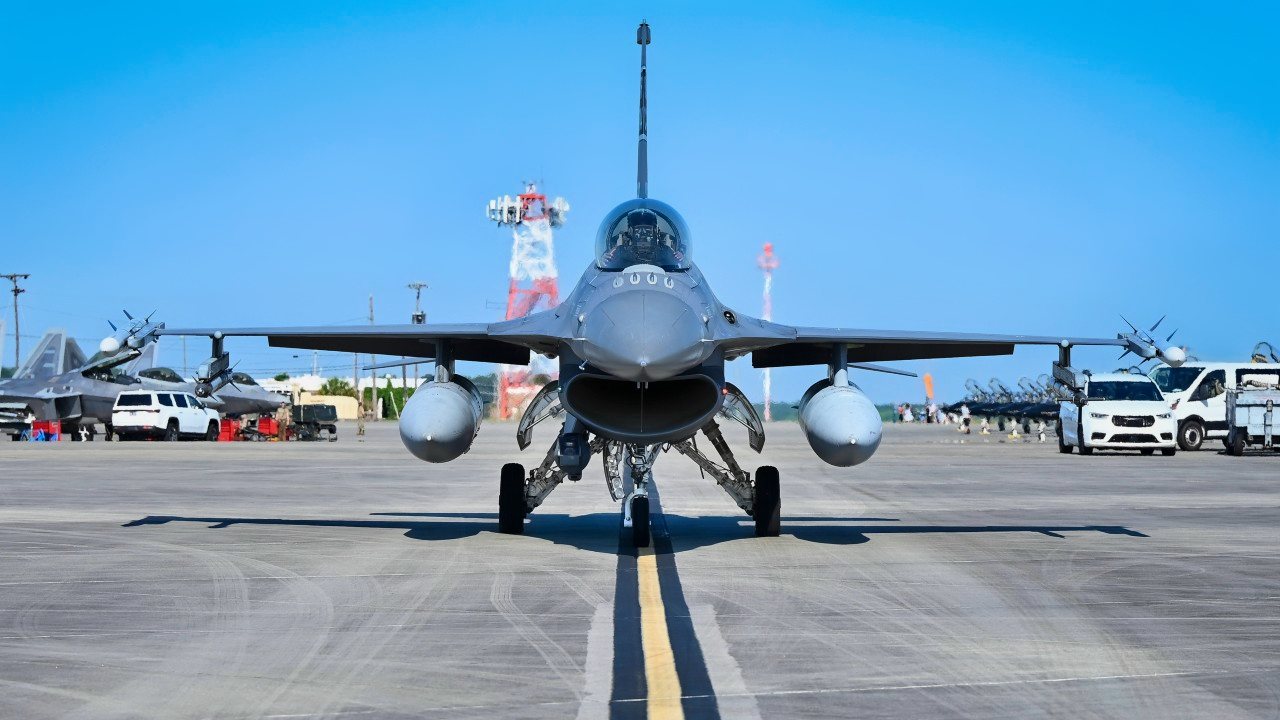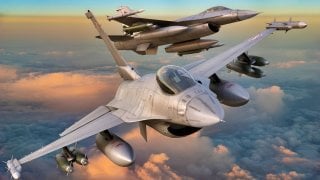Ukraine Receives First Batch of F-16 Fighters: Turning Point in the War?
Ukraine has received its first batch of F-16 fighter jets, a significant development in the Russo-Ukrainian War. Ukrainian President Volodymyr Zelensky expressed confidence in the jets' potential impact.
Summary and Key Points: Ukraine has received its first batch of F-16 fighter jets, a significant development in the Russo-Ukrainian War. Ukrainian President Volodymyr Zelensky expressed confidence in the jets' potential impact.

-However, questions remain about their effectiveness given the limited number delivered and the strength of Russian air defenses.
-Additionally, concerns about potential Russian escalation in response to the F-16s have been raised, though a major escalation seems unlikely. The effectiveness of these jets and the broader impact on the war will be closely watched.
F-16s Arrive in Ukraine: What’s Next for the Conflict?
After months of lobbying and waiting and wanting, Ukraine has received its first batch of donated F-16 fighter jets. Ukraine, which pressed the United States and its allies zealously for the single-engine, fourth-generation fighters, hopes the new jets will change the momentum in the Russo-Ukrainian War in favor of the Ukrainian resistance.
“F-16s are in Ukraine. We did it. I am proud of our guys who are mastering these jets and have already started using them for our country,” Ukrainian President Volodymyr Zelensky said. “These jets are in our sky and today you see them. It’s good that they are here and that we can put them to use.”
Now that the F-16s are finally in Ukraine, months of speculation end. Whether the F-16s are effective will be determined, and whether the Russians escalate in response will be seen.
Will the Russians Escalate?
One reason the U.S. and NATO allies had reservations about sending the F-16 to Ukraine was the fear of a reactive Russian escalation. But escalation as a direct response to F-16s arriving in Ukraine seems unlikely.
For one, the West has been supplying the Ukrainian resistance for years. In principle, very little is different about the F-16. Second, Russia’s options for escalation are limited. It could perhaps carry out strikes in Poland to intercept weapons shipments, or deploy a tactical nuke. But those are serious moves. A proportional escalation, something befitting the shipment of fourth-generation fighter jets, might be difficult to devise. Russia has proven wisely hesitant to directly confront NATO. The wisdom of doing so now has not changed.
Similarly, Russia so far has not been willing to deploy a tactical nuke. It seems unlikely that a shipment of F-16s would be the tipping point that pushes Putin to be the first world leader since 1945 to use a nuclear weapon in combat.

Still, the risk of Russian escalation is higher after the F-16 shipment, which brings up the question of whether, from the U.S. and NATO perspective, it is worthwhile.
Will the F-16s Be Effective?
The F-16’s impact on the battlefield will likely be more modest than Zelensky led his people to believe.
According to Ukrainian officials, Ukraine will need 130 F-16s to neutralize Russian air power. The exact number of F-16s just delivered to Ukraine was not disclosed, but we can assume the number is nowhere near 130. That means the F-16s will not be able to neutralize Russian air power and will be vulnerable to Russia’s advanced air defense systems. And because the F-16s are so precious to the Ukrainians, we can expect the new jets to be used conservatively, meaning they will not likely make a significant impact on the outcome of this intractable conflict.
About the Author: Harrison Kass, Defense Expert
Harrison Kass is a defense and national security writer with over 1,000 total pieces on issues involving global affairs. An attorney, pilot, guitarist, and minor pro hockey player, Harrison joined the US Air Force as a Pilot Trainee but was medically discharged. Harrison holds a BA from Lake Forest College, a JD from the University of Oregon, and an MA from New York University. Harrison listens to Dokken.
All images are Creative Commons and/or Shutterstock.


